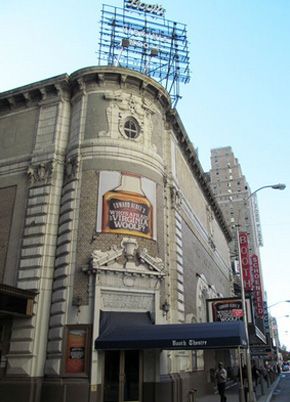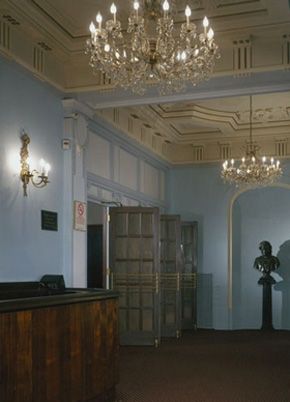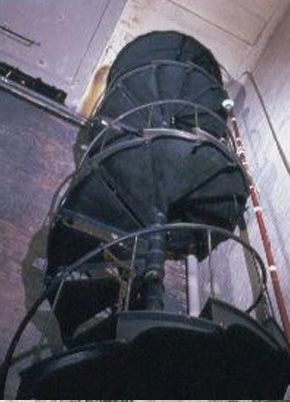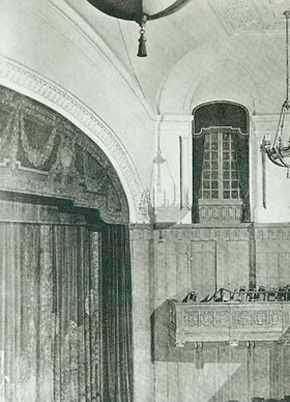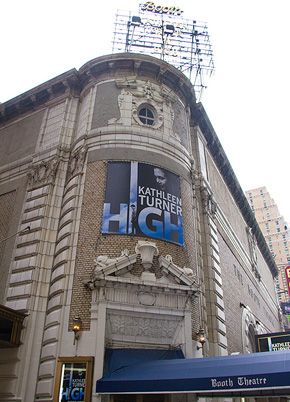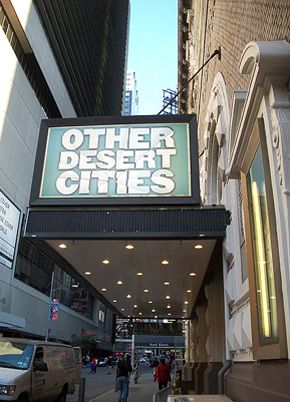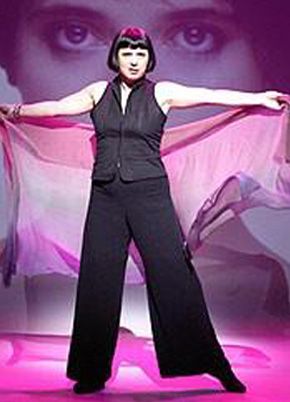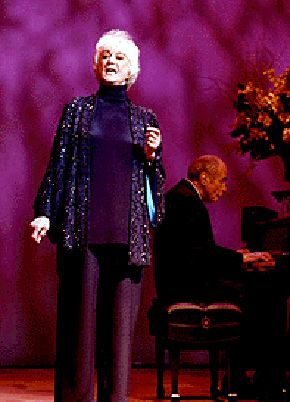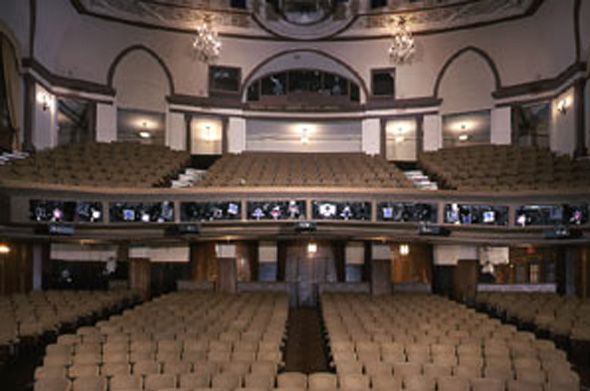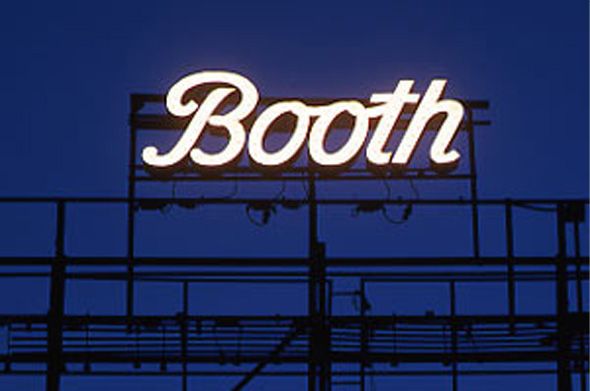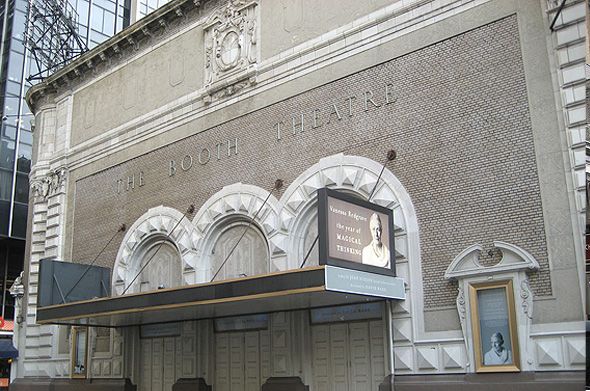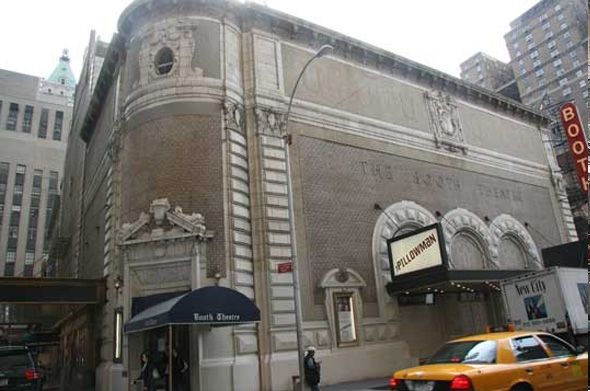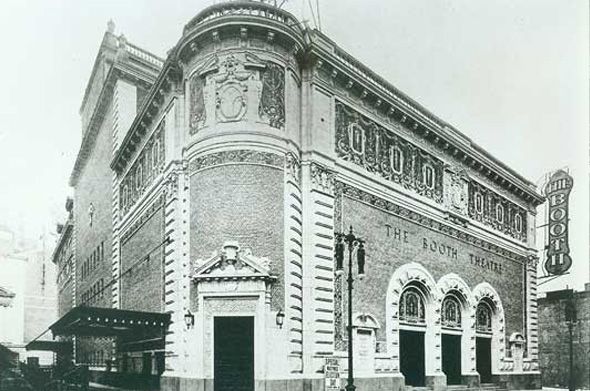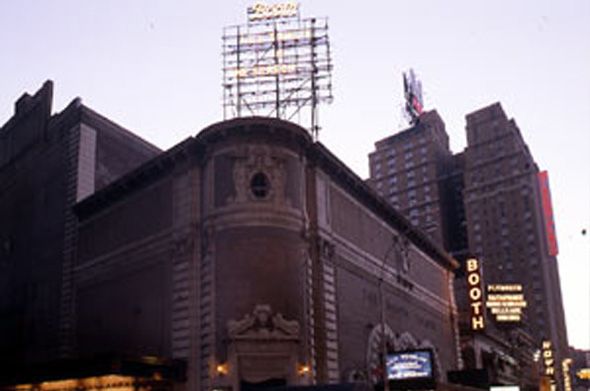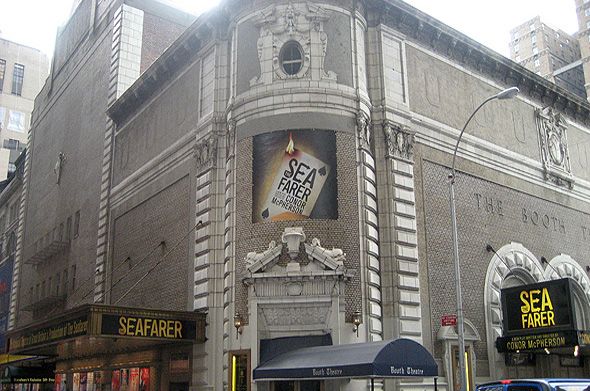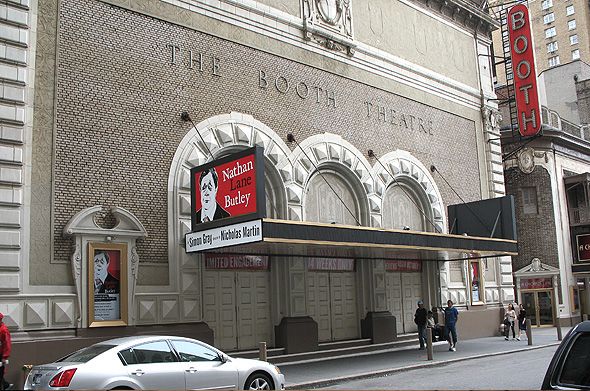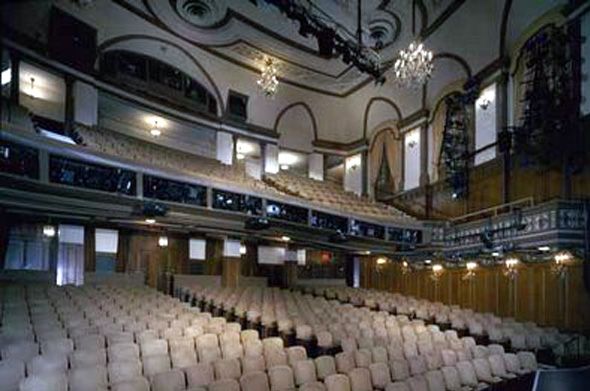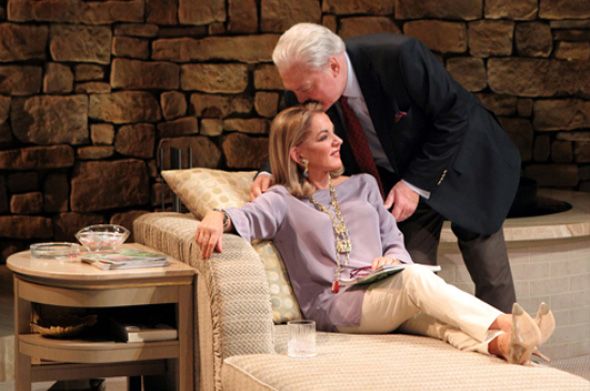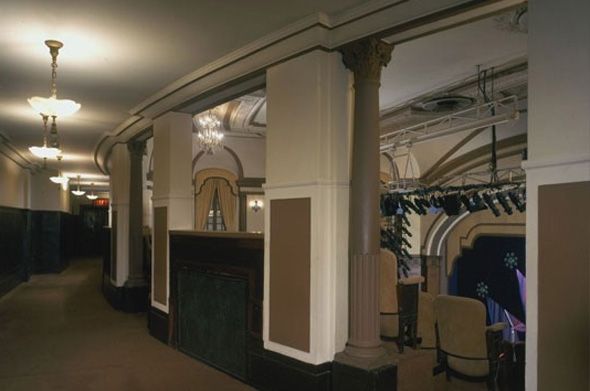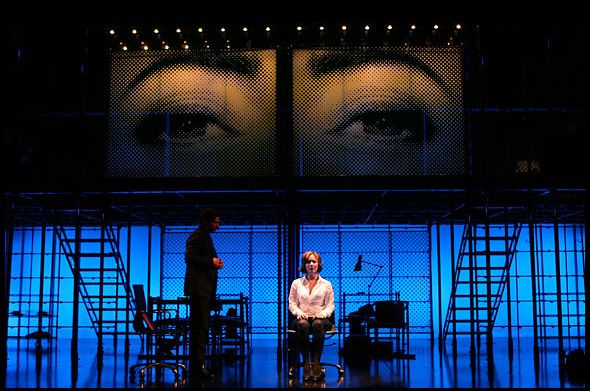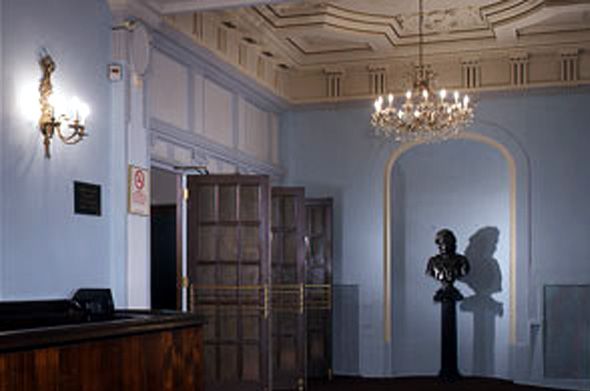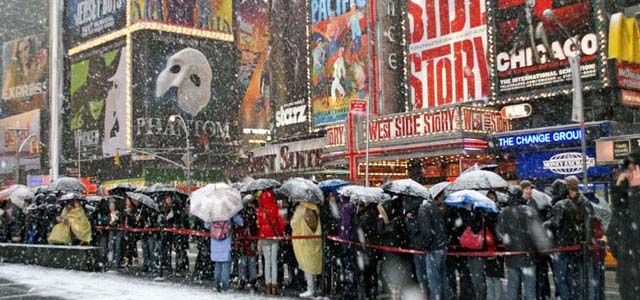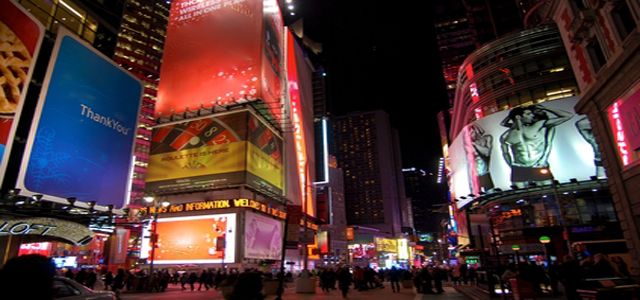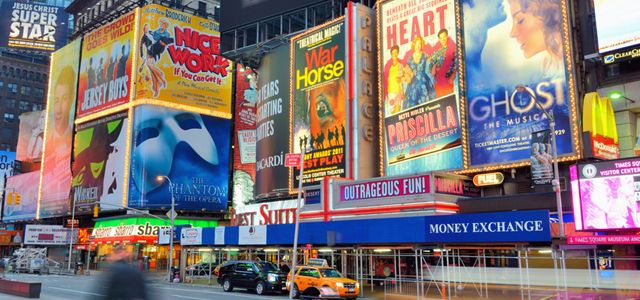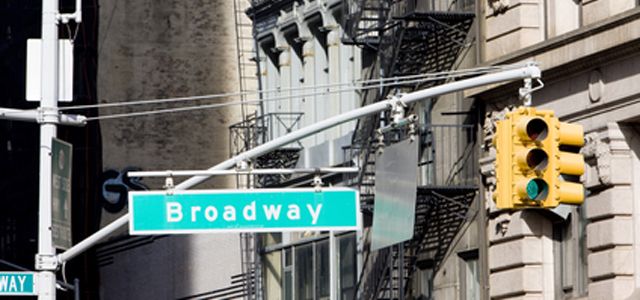The Booth Theatre
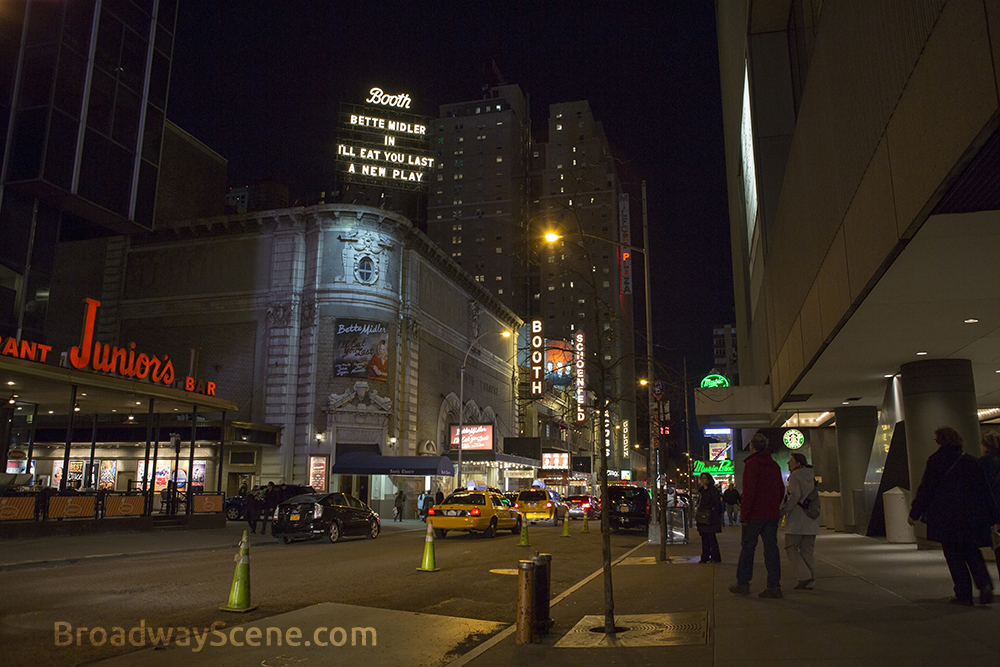 The Booth Theatre was named to honor the renowned 19th-century American actor, Edwin Booth, brother of John Wilkes Booth. The theatre was the second New York City venue to possess this name. The first, Booth’s Theatre, was established by Edwin Booth in 1869 after a fire destroyed the Winter Garden Theatre in 1867. Booth’s Theatre was not able to sustain financial stability and went bankrupt in 1874.
The Booth Theatre was named to honor the renowned 19th-century American actor, Edwin Booth, brother of John Wilkes Booth. The theatre was the second New York City venue to possess this name. The first, Booth’s Theatre, was established by Edwin Booth in 1869 after a fire destroyed the Winter Garden Theatre in 1867. Booth’s Theatre was not able to sustain financial stability and went bankrupt in 1874.
Booth’s Legacy
The Booth was constructed by manager Lee Shubert and producer Winthrop Ames. Ames’s father had been dedicated to upholding the actor’s legacy, so Winthrop not only honored the actor, but he carried on his father’s mission. On October 16, 1913, the Booth opened with Arnold Bennett’s The Great Adventure.
In its first thirty years, the Booth was home to a range of productions such as Arthur Richman’s romantic comedy Not So Long Ago (1920) with Eva Le Gallienne and Sidney Blackmer. George S. Kaufman and Moss Hart’s You Can’t Take It with You opened in 1936. It was a profitable success and won the Pulitzer Prize for Drama. Numerous luminaries appeared at the theatre in the 1950s and 1960s, including Henry Fonda and Anne Bancroft in William Gibson’s Two for the Seesaw in 1958.
In the 1980s and 1990s, the Booth was overflowing with smaller successful musicals. In 1984, Stephen Sondheim and James Lapine’s Sunday in the Park with George won the Pulitzer Prize for Drama, one of the few musicals to achieve this honor. In 1990, Lynn Ahrens and Stephen Flaherty made their Broadway debut with Once on This Island. Other contemporary shows featured at the Booth in the 1980s and 1990s included I’m Not Rappaport (1985) with Judd Hirsch, Tru (1989) with Robert Morse, and Having Our Say (1995) with Mary Alice and Gloria Foster as the Delany sisters. Paul Newman revisited Broadway for his final performance in 2003 in a highly-acclaimed revival of Thornton Wilder’s Our Town. A box office record-breaker for the Booth was the Tony Award and Pulitzer Prize winning musical Next To Normal, starring Tony Award winner Alice Ripley, along with J. Robert Spencer and Jennifer Damiano. It opened on April 15, 2009, and ran for 733 performances.
From Brown to Beige
Henry B. Herts designed the Booth Theatre back-to-back with the Shubert Theatre. The Booth is the smaller, less elaborate of the two playhouses. They share Venetian Renaissance exterior décor. Sgraffito, a once popular decorating technique where the surface area is carved with a design to reveal a different color underneath, garnishes the exterior of both theatres in brown and ivory. The colors complement the exterior, which is yellow brick and ivory terra-cotta (which is fired ceramic clay).
The theatre held many of Booth’s keepsakes, including his favorite armchair, a statue of the actor, and posters and playbills of his appearances. The theatre was renovated in 1979 by the famous interior designer Melanie Kahane. She felt that the interior was too brown, so she kept the former brown color below and put light beige above to bring attention to the detail. With 783 seats, the Booth serves as a warm, intimate setting for dramas, comedies, and smaller musicals.
Stimulating Productions
The Booth Theatre was the first, and to this day is the oldest, Broadway theatre to be named after an actor. When Winthrop Ames built this venue, he intended to feature the most admired and stimulating productions. After a century of theatre, Ames’s purpose for the Booth is still being fulfilled today.



